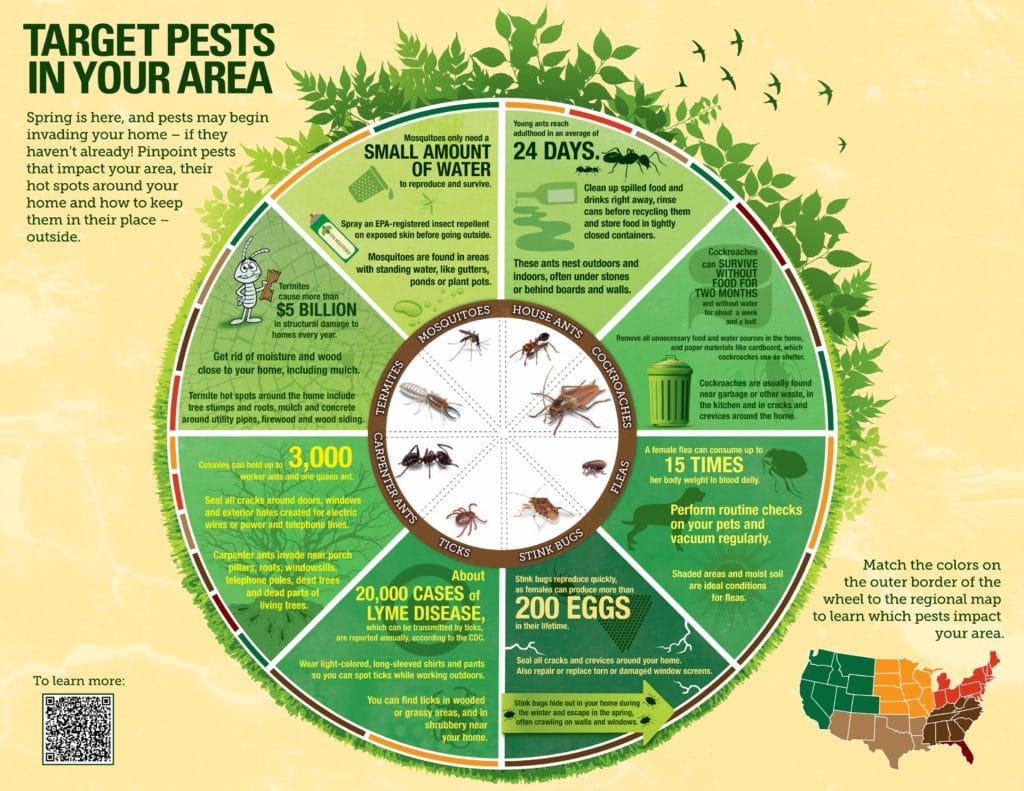Securing Your Attic From Rodents: Key Recommendations For Homeowners
Securing Your Attic From Rodents: Key Recommendations For Homeowners
Blog Article
Composed By-McNeill Snedker
Imagine your attic as a comfy Airbnb for rats, with insulation as fluffy as hotel cushions and circuitry more luring than space service. Now, visualize https://www.vbgov.com/residents/animals-pets/pages/default.aspx tossing a wild celebration in your house while you're away. As a property owner, guaranteeing your attic is rodent-proof is not nearly assurance; it's about securing your property and liked ones. So, what easy steps can you require to secure your shelter from these fuzzy intruders?
Examine for Entrance Points
To begin rodent-proofing your attic room, check for entry factors. Beginning by carefully taking a look at the outside of your home, trying to find any openings that rats can make use of to access to your attic room. Look for spaces around energy lines, vents, and pipelines, along with any fractures or holes in the foundation or house siding. Make all pro pest control to pay close attention to locations where different building products satisfy, as these are common entry points for rodents.
In addition, examine the roofing system for any kind of harmed or missing out on tiles, along with any type of spaces around the sides where rodents might squeeze via. Inside the attic room, try to find signs of existing rodent task such as droppings, ate cords, or nesting products. Make use of a flashlight to completely inspect dark corners and surprise spaces.
Seal Cracks and Gaps
Inspect your attic completely for any type of fractures and gaps that need to be secured to stop rodents from going into. Rodents can squeeze with also the smallest openings, so it's vital to secure any kind of possible entry factors. Check around pipes, vents, wires, and where the walls satisfy the roofing. Use a combination of steel woollen and caulking to seal off these openings properly. Steel wool is an exceptional deterrent as rats can not eat through it. Ensure that all spaces are snugly sealed to deny access to undesirable bugs.
Do not forget source website of securing spaces around doors and windows as well. Usage weather stripping or door moves to secure these locations effectively. Check the locations where utility lines go into the attic room and secure them off utilizing an appropriate sealer. By taking the time to seal all cracks and spaces in your attic room, you produce a barrier that rodents will locate challenging to violation. Avoidance is key in rodent-proofing your attic room, so be detailed in your initiatives to seal any kind of possible access points.
Get Rid Of Food Sources
Take aggressive procedures to get rid of or store all prospective food resources in your attic room to hinder rodents from infesting the area. Rats are brought in to food, so eliminating their food sources is crucial in keeping them out of your attic room.
Below's what you can do:
1. ** Shop food securely **: Prevent leaving any kind of food products in the attic. Store all food in closed containers constructed from steel or heavy-duty plastic to avoid rodents from accessing them.
2. ** Clean up particles **: Eliminate any kind of piles of debris, such as old papers, cardboard boxes, or timber scraps, that rodents could use as nesting product or food resources. Keep the attic room clutter-free to make it much less enticing to rodents.
3. ** Dispose of garbage effectively **: If you utilize your attic room for storage and have trash or waste up there, make certain to take care of it frequently and correctly. Rotting trash bin bring in rodents, so keep the attic clean and without any kind of natural waste.
Conclusion
In conclusion, remember that an ounce of avoidance is worth a pound of treatment when it concerns rodent-proofing your attic.
By making the effort to check for entrance points, seal splits and spaces, and remove food sources, you can maintain undesirable pests at bay.
Keep in mind, 'An ounce of avoidance is worth an extra pound of treatment' - Benjamin Franklin.
Remain proactive and shield your home from rodent problems.
